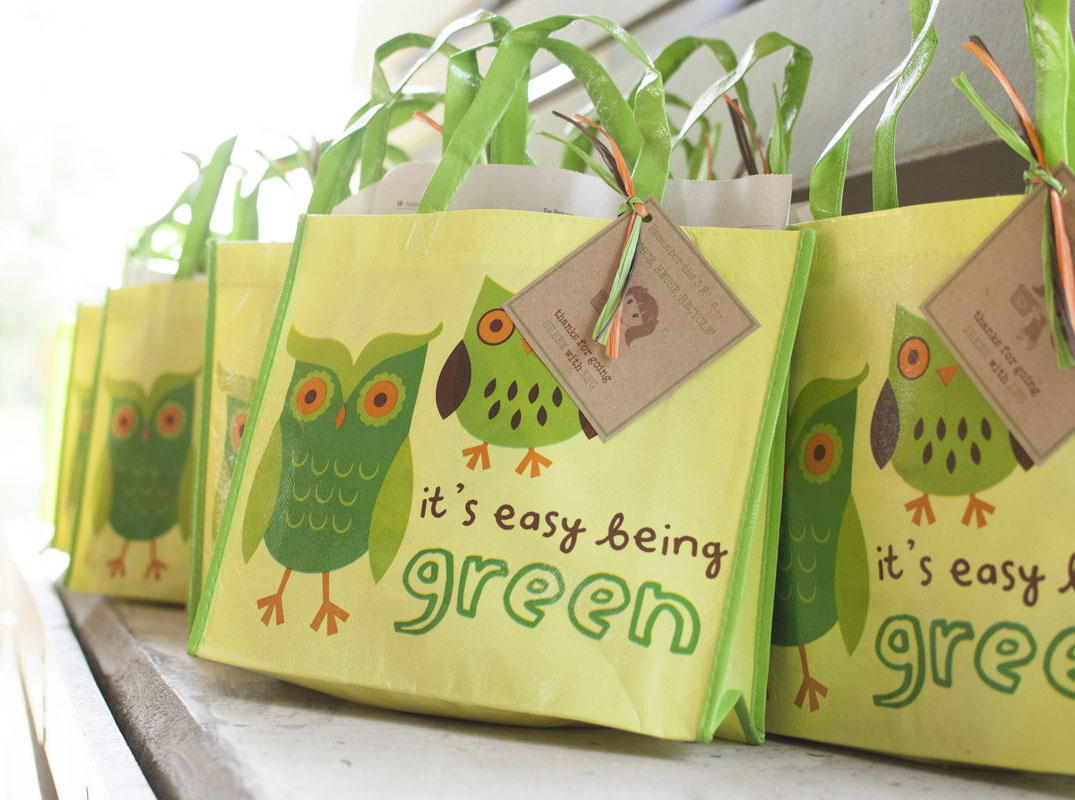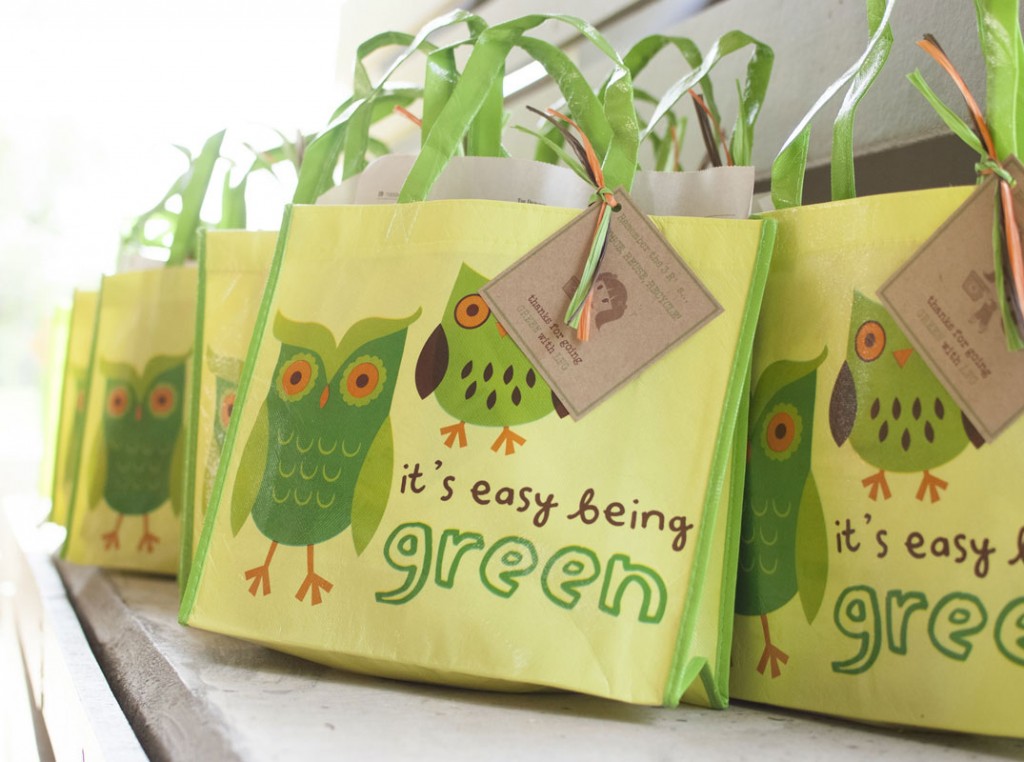
Think Christmas and New Year and you will be thinking of get togethers, celebrations and parties. These are events that traditionally generate huge quantities of waste and can add substantially to our carbon footprint. But does that mean that we stop holding family gatherings once the yuletide spirit sets it? No, you don’t have to do anything so drastic. Luckily there are several ways of generating less waste and disposing it off responsibly. And if choosing the right food and accessories makes a lifestyle statement and also sends a message to our guests that there are green alternatives that can be fun, then we would have done our bit to add a green touch to the Xmas and New Year dos.
Let’s start with the invitations —keep them simple and digital. And if you are the kind who wants a one-of-a-kind invite, there is the possibility of designing it yourself or using an app or a website that does it for you. However, do not make it too complex as at the end of the day your digital carbon footprint also matters!
Let’s move to the decorations next. When it comes to Christmas most households keep trees, nativity sets, cribs and baubles very carefully from previous years and bring them out during the festive season. But if recycling is not an option, you could always make these from zero waste — use scraps of cardboard, repurpose wrapping paper, old greeting cards, calendars of the year gone by. In fact, to involve children in such an activity makes the festival even more meaningful. They can make strings of stars, trees, even nativity sets cut out from cardboard and then painted in vibrant colours. And if it is a New Year party that you are planning, fresh leaves, flowers, tinsels and paper stars strung together could do the trick very well.
Now for the tableware. Here too, use what you have. Take out your cloth napkins, ceramic plates, glass bowls and cutlery. Using them is much more eco-friendly than buying single use plastic tableware or throwaway paper plates. Yes, it would mean a bit of washing up later, but it is worth the resolve of shifting to sustainable living. If washing up is not possible or the get together is outdoors, it would be best to order biodegradable leafware. Today leafware party packs made from bamboo, sugarcane pulp or dried leaves and wastepaper are available online, they are just a Google away on popular retail outlets. Even organisations like Tribes India and some NGOs produce leafware that they retail or sell online.
Last, but not the least is the food and drink you are going to serve. To go truly ‘green’ keep your food local, simple, organic, tasteful and as close to nature as possible. The technique is to cook fewer dishes in larger quantities, especially dishes that have a low carbon footprint.
Now, how will you determine if you have chosen a menu that is more sustainable? It is simple — the closer the ingredient is brought from, the less your carbon footprint. For instance, vegetables grown within the city, town or even state you live in has a lesser distance to travel than, say, an imported ingredient that has seen thousands of miles of air travel and consumed enormous energy in cold storage. So, make full use of locally grown crops and it goes without saying, use your neighbourhood vendors wherever possible so that their livelihood is not ‘disrupted’ — however interesting the ‘d’ word sounds to entrepreneurs.
Again, when it comes to beverages, try to convince guests to go for fresh home-made drinks, but if you have to buy beverages go for aluminium cans and glass bottles that can be recycled with more ease than plastic bottles. There are compostable or even edible cups and straws now available, why not spend on these instead of their plastic counterparts that are non-biodegradable. These plant-based, food-grade material are compostable and will not remain in landfills for years to come.
Recently, at a lunch I was invited to, a friend served coconut water straight from the shell itself, making one feel close to nature. She had also used a hollowed-out pineapple to hold her salad platter. I have also seen friends scooping out watermelons and adding more fruits to the pulp to make a fresh fruit mix to go with the dessert. Through these innovative creations, they were, no doubt, making a definite statement of being close to mother earth and savouring its natural resources.
And now for the after-party blues. Clearing the dishes and washing up become a pain if you see it as a mindless chore. But if you consider it as a favour to the environment and take it in your stride then it would hurt less. Involve the rest of the family in the endeavour and don’t take it all on yourself. After the job is done, the garbage properly segregated and disposed of in the right manner, you can face the world without the hangover and guilt of having hosted an irresponsible party.
The writer is a senior journalist who writes on environmental issues






